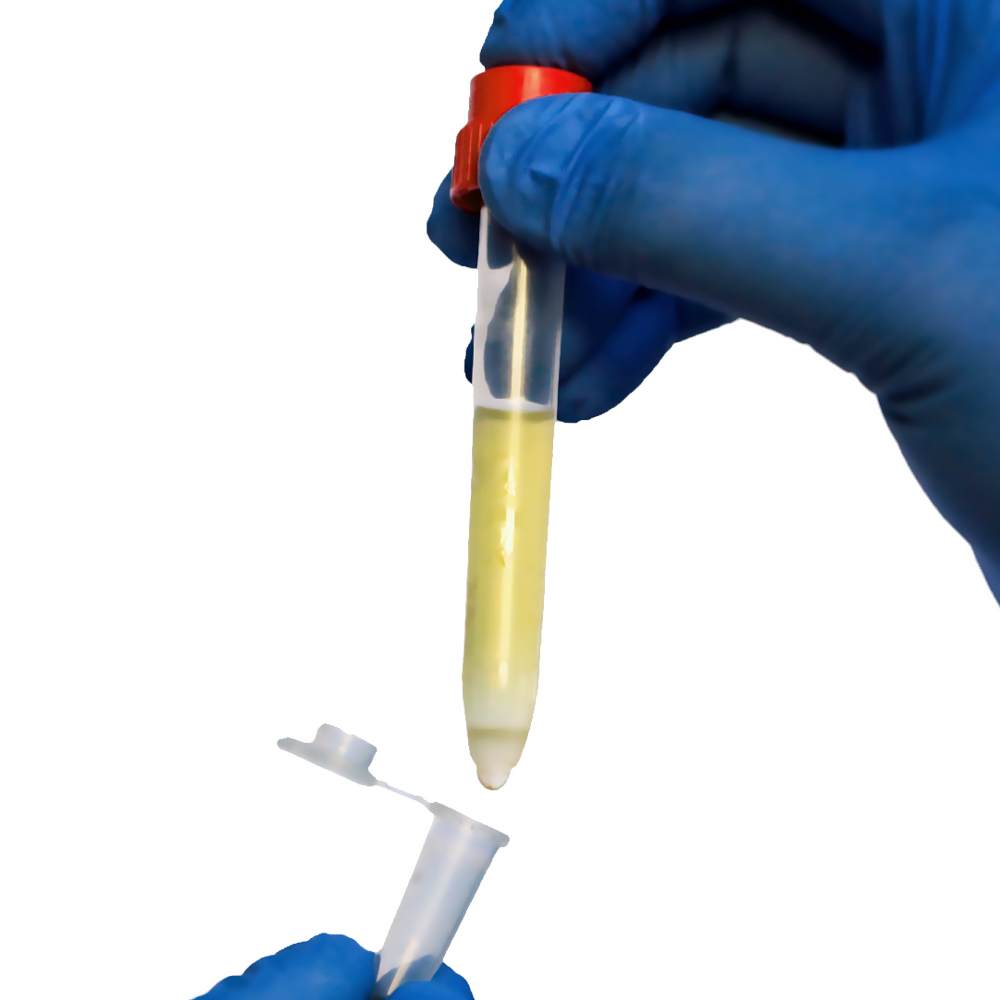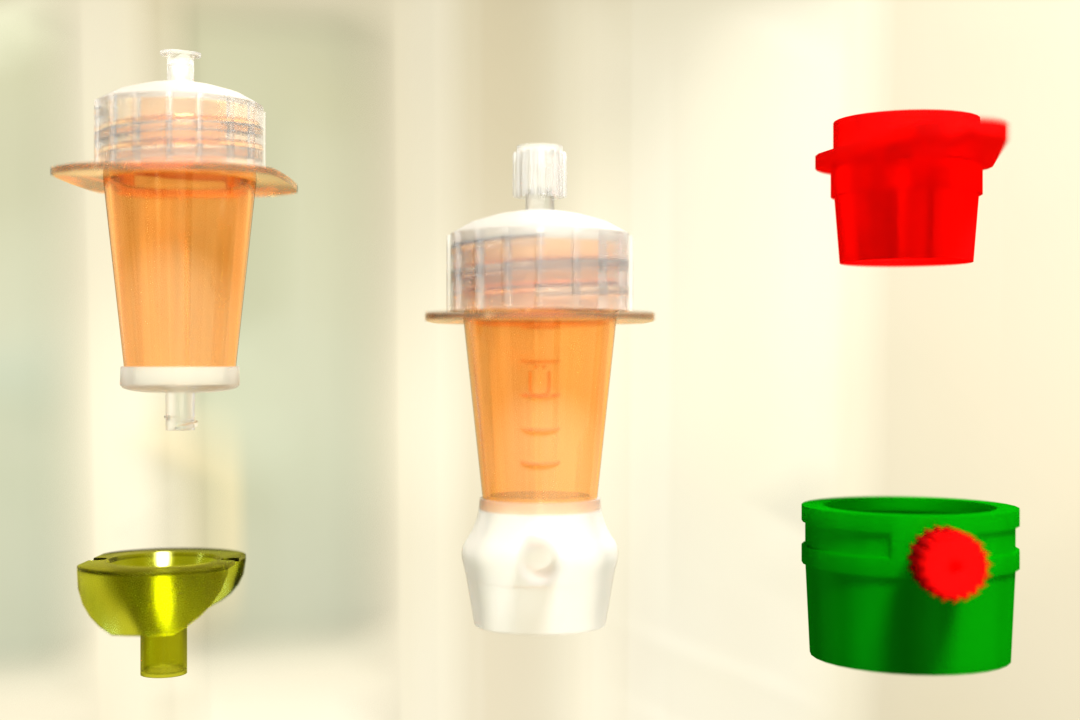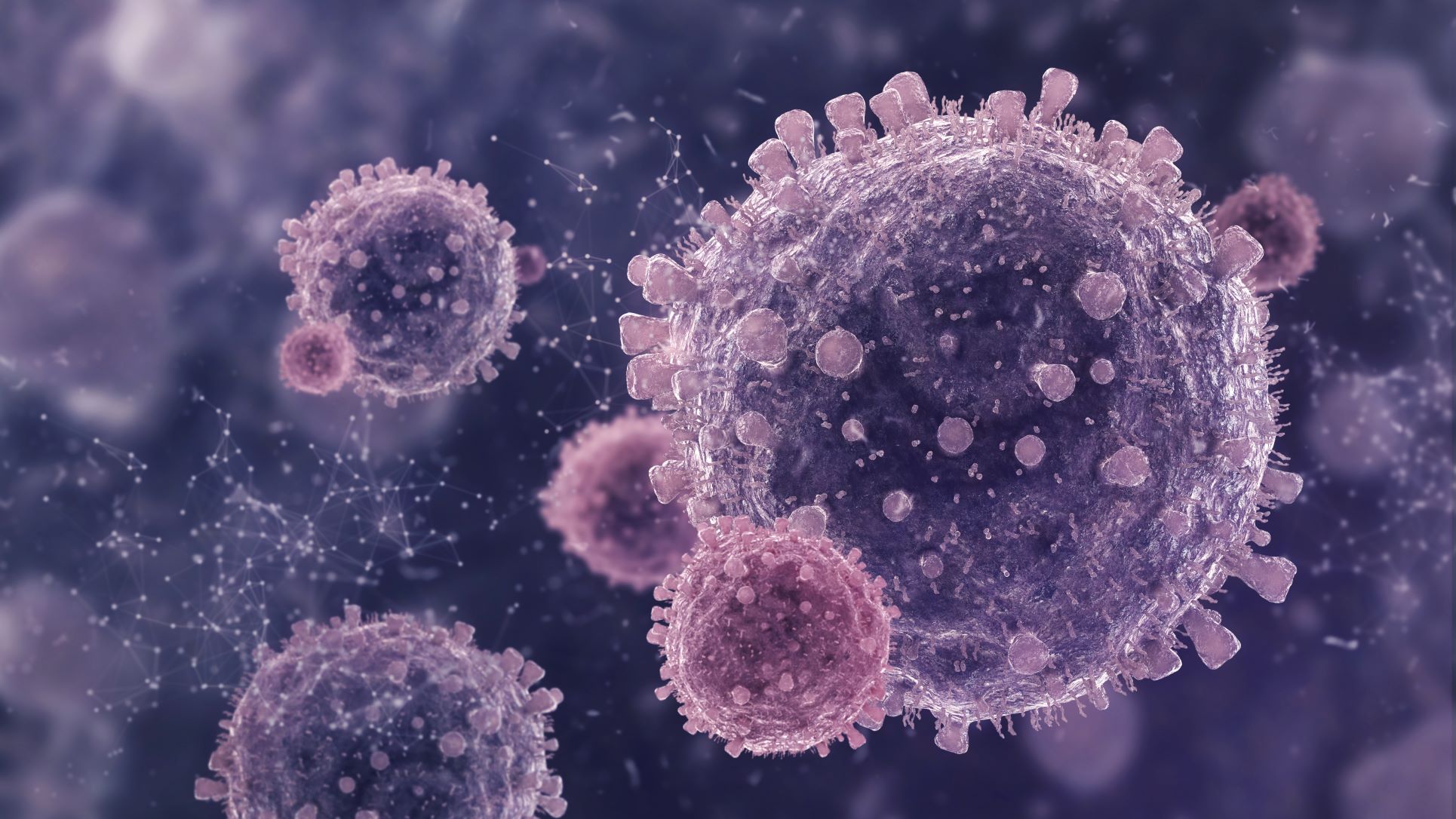Monocytes and macrophages are very similar cells with a few key differences and different applications. In this blog, we will discuss the differences between Macrophages and Monocytes.
Lymphocytes, macrophages, monocytes, neutrophils, and other cells such as basophils, eosinophils, and natural killer cells are all part of the immune system. Macrophages and monocytes are large white blood cells with an irregular shape that stimulate the body’s antibody production.
Due to the lack of cytoplasmic granules, both of these cell types are agranulocytes. These two types of cells play similar roles in the immune system, such as phagocytosis, antigen presentation to T lymphocytes, and the production of cytokines, which aid in the initiation and coordination of immune responses.
We will explore how Pluribead cascade straining helps in monocyte isolation and the differences as well as similarities between Human Macrophages and Monocytes.
What is a Monocyte?
Monocytes are immune cells found in the blood that can migrate to tissues by differentiating into macrophages. Monocytes are white blood cells produced in the bone marrow. They have the ability to differentiate into dendritic cells as well.
Monocytes play an important role in innate immunity, serving as the host’s first line of defense. They also activate the adaptive immune system by inducing an inflammatory response. Monocytes produce cytokines such as IL-1, IL-2, and TNF, as well as chemokines such as monocyte chemotactic protein-1 and -3. Monocytes migrate into tissue in response to inflammation within 8-12 hours.
Monocytes are derived from bone marrow monoblasts. Monocytes circulate in the bloodstream for three days after being released, before differentiating into macrophages or dendritic cells. Monocytes are the blood’s largest type of cell and cell separation requires the usage of the best technologies.
Monocytes are classified into three types in blood-based on the receptors found on their surfaces. CD14 is a surface receptor found on classic monocytes. Non-classical monocytes have CD16 as well as CD14. On the cell surface, intermediate monocytes have CD14 and low levels of CD16 receptors.
The spleen stores half of the adult monocytes. Monocytes have cytoplasmic granules that contain enzymes that aid in the digestion of engulfed pathogens. They have a bean-shaped, one-lobed nucleus. Monocytes are responsible for 2-10% of the total white blood cell count in the blood.
What exactly is a macrophage?
Macrophages are immune cells that are found in extracellular fluid. They are distinct from monocytes. Macrophages are large cells that can engulf dead cells and ingest foreign material such as bacteria and viruses by forming pseudopodia around them.
Enzymes for the digestion of engulfed material are found in macrophage cytoplasm granules. Macrophages are phagocytes that work professionally. Macrophages are found in Langerhans cells in the skin, Kupffer cells in the liver, the pigmented epithelium of the eye, and microglia in the brain. Macrophages in the spleen remove old and defective RBCs from circulation.
In response to the inflammation, monocytes in the blood migrate into the tissue and differentiate into macrophages. A macrophage has a diameter of 21 m. Macrophages can live for months, developing a non-specific innate immune response. Phagocytosis is the primary function of macrophages.
The engulfing particle is pinched off into the macrophage’s cytoplasm by the formation of a vesicle known as a phagosome. The phagosome is trafficked into a lysosome and fuses with it to form the phagolysosome. The particle is digested within the phagolysosome.
Macrophages are inflammatory cells that are capable of activating adaptive immunity by presenting antigens from digested material on the cell’s surface. T helper cells recognize these antigens and stimulate B cells to secrete specific proteins antibodies.
What are the similarities between a monocyte and a macrophage?
- Monocytes and macrophages are both white blood cells and immune cells.
- They are called agranulocytes.
- Furthermore, they are phagocytes.
- They have irregular shapes.
- Both have the ability to present antigens.
- They also generate cytokines.
The main distinction between monocytes and macrophages
The primary distinction between monocytes and macrophages is that monocytes are precursors to some macrophages, whereas macrophages are professional phagocytes that engulf pathogens that infiltrate the body.
Monocytes and macrophages are two types of cells found in organisms’ immune systems. They are regarded as the host’s first line of defense. Monocytes are small bean-shaped cells, whereas macrophages are large irregular-shaped cells. Monocytes and macrophages can both secrete cytokines and chemokines.
Difference Between a Macrophage and a Monocyte in detail
Presence
Monocytes are cells found in the blood.
Macrophage: Macrophages are extracellular fluid cells.
Monocyte Diameter: The diameter of a monocyte ranges between 7.72 and 9.99 m.
Macrophage: A macrophage has a diameter of 21 m.
Function
Monocytes are a type of macrophage.
Cell debris and foreign material, such as bacteria and viruses, are phagocytized by macrophages.
Monocyte Receptors: CD14 and CD16 are found on the surface of monocytes.
Macrophages have the surface proteins CD14, Cd11b, CD68, MAC-1 and -3, EMR1, and Lysozyme M.
Function
Monocytes participate in innate immunity by differentiating into macrophages. By secreting cytokines and chemokines, they participate in adaptive immunity.
Macrophage: Macrophages participate in both innate and adaptive immunity by presenting antigens from foreign bodies on their MHC complex.
Pluribead for Monocyte Enrichment
Many conventional monocyte enrichment techniques have been reported to cause harm to delicate cell populations and to be expensive to execute. The magnetic field in magnetic-based cell separation techniques can cause cells to lyse. The gentle Pluribead cascade straining preserves cell viability throughout the isolation procedure.
Pluribead
Because all undesirable cells are unbound when the specific antibody binds directly to the cells using positive selection, all undesirable cells are separated from the labeled and desired cells during the subsequent enrichment steps. A cell strainer, when coupled to a solid phase, is the simplest way to keep labeled cells in place.
Conclusion
Monocytes and macrophages are immune system cells that participate in both innate and adaptive immunity. Blood contains monocytes. Monocytes migrate to the extracellular fluid that surrounds the inflammatory tissue and differentiate into macrophages in response to inflammation. During innate immunity, macrophages phagocytize pathogens and destroy them via phagocytosis.
While destroying pathogens, innate immunity produces a non-specific response. Macrophages present pathogen antigens in order for T helper cells to recognize them. T helper cells then activate B lymphocytes, which produce pathogen-specific antigens.
Adaptive immunity is mediated by specific antigens. Macrophages in various organs are involved in the removal of defective cells from the body. The primary distinction between monocytes and macrophages is their location and function in immunity.
Reference:
Frontiersin
Science Direct
 English
English French
French
 German
German
 Spanish
Spanish
 Belgium
Belgium
 Italian
Italian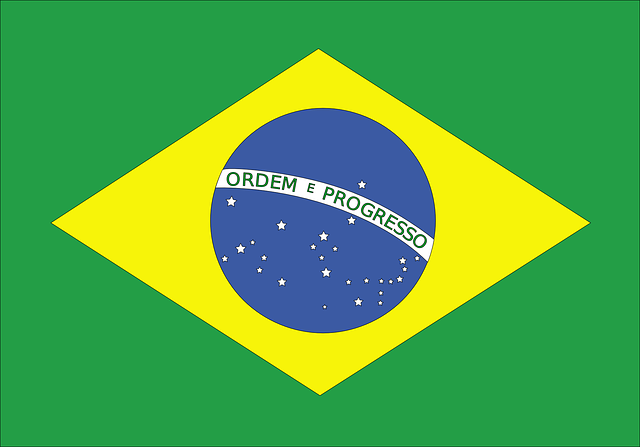 Brazil
Brazil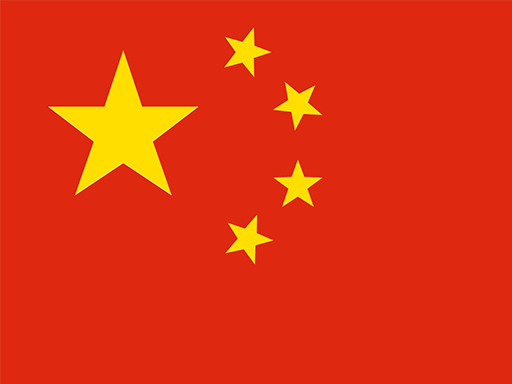 Chinese Mandarin
Chinese Mandarin
